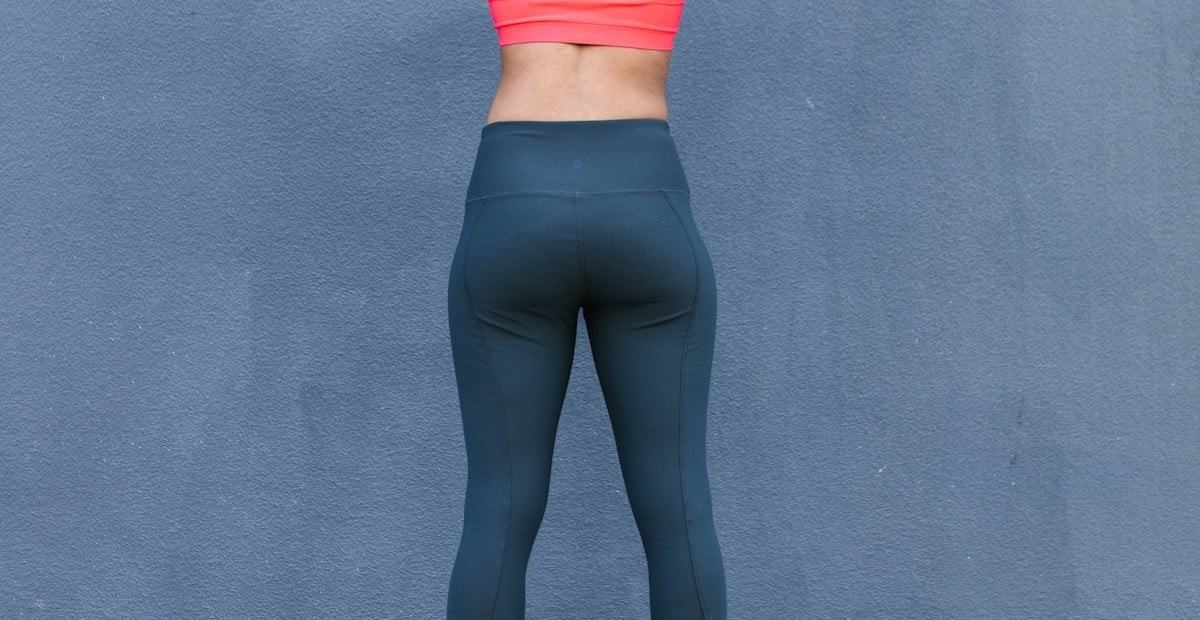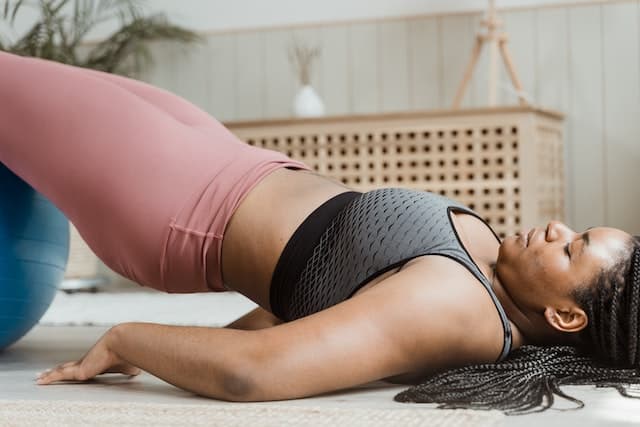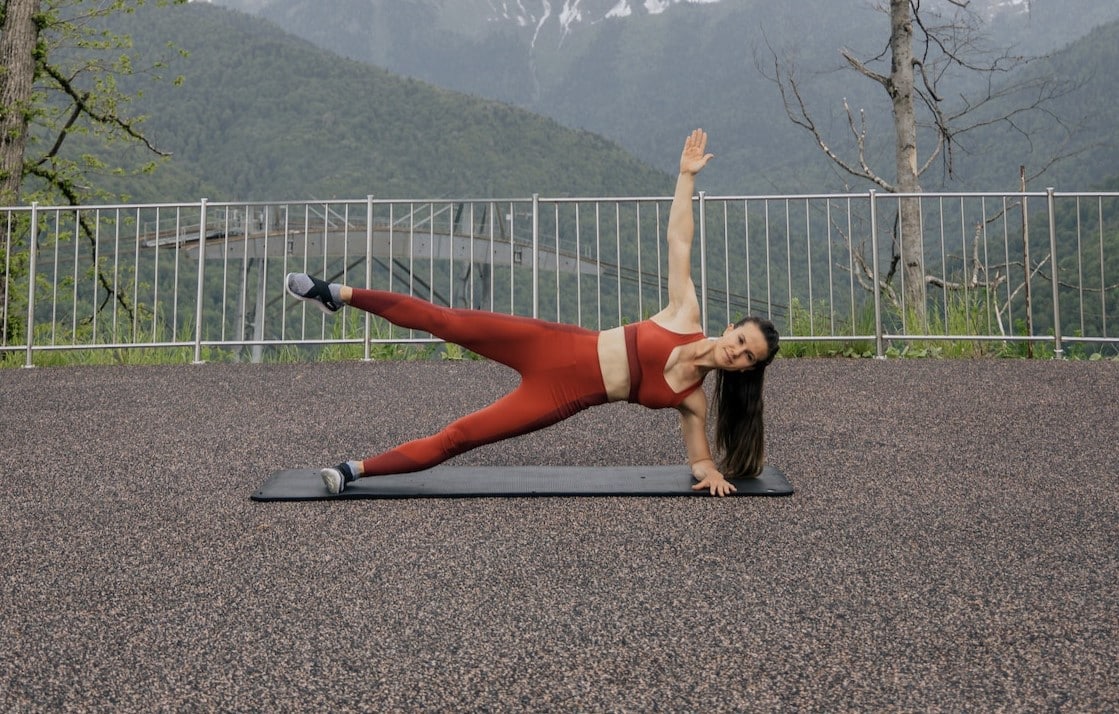
Contents
The gluteus medius muscle, gluteus medius, gluteus maximus and other confusing words – let’s break it all down
What is this gluteus medius muscle?
And it’s commonly known as your butt.
The gluteus medius is of course grown from gluteus medius exercises… but why bother?
Your glutes give you so much strength when it comes to a vast amount of movements. Sprinting, running, athletics in general, lifting – it’s a big muscle and demands equally big attention (your own that is!) Weak gluteus medius muscles, therefore, put you at a massive disadvantage. Hip muscles, hamstrings, quads – that whole area of your body is part of what makes you a powerful human, be it cardio or strength training.
So, let’s have a look at the glute muscles in more detail, capitalising on gluteus medius exercises for ‘biggus assus’ results.
Let’s run through it.
The Brainy Bits
Your glutes are actually made up of three different muscles. Together they form your glutes, i.e. most glute exercises you do will target all three in some way. Just like each rope support on a bridge, each glute muscle supports the main part of the glute, and without them, we’d be a hell of a lot weaker.
They’re called: Gluteus maximus, Gluteus medius and Gluteus minimus.
But for today we’re focusing on the middle muscle – the gluteus medius.
Set Forset describes it as, ”a large, thick, radiating muscle located on the outside of the buttocks’ upper side.” In essence, it’s the muscle that allows us to balance and keep our hips strong as we perform leg movements.
So, let’s break down how to build it up.
Exercise 1 – the banded knee barbell hip thrust
A hip thrust is as it sounds, but laying laterally, adding a barbell loaded with suitable weight and a few safety measures turns this thrust into an engine of its own.
Check out this step by step –
- Place a bench on the ground. Make sure it’s padded!
- Sit with your back against the pad and your knees bent
- Place band around your knees and spread your legs
- Place a loaded barbell in the crease of your hips
- With your feet hip width apart, drive your feet into the ground and thrust your hips up until full extension
- Focus on driving your knees out
Exercise 2 – side plank abduction
Since abduction is a major part of how your Gluteus Medius performs (the opposite being flexion: extening straight outwards) a side plank abduction is a natural fit for strengthening; there’s a reason it’s on this list for glute medius activation exercises.
It is how it sounds but check out another how-to here –
- Lay on your side with your elbow on the ground and only your bottom leg on the ground
- Lift your body up into a side plank by coming up on your elbow and the side of your foot
- Raise your top leg as far as you can and come down slowly.
- Be sure to maintain a straight torso. Do not let your hips sag!


Conclusion
Want to go the extra mile and try more? Check out these for one leg movements and other hip abduction exercises. From knee pain to hip joint issues these exercises can help you cross the finish line.
FAQs
Will glute exercises affect the upper body?
Certain compound exercises definitely will, and certain parts of your core will be present too.